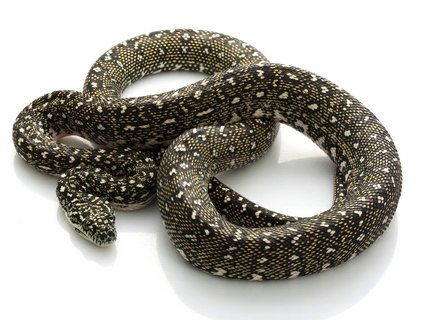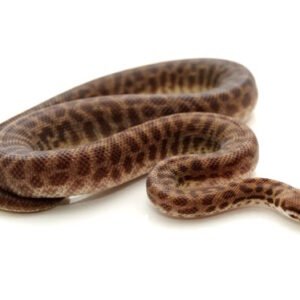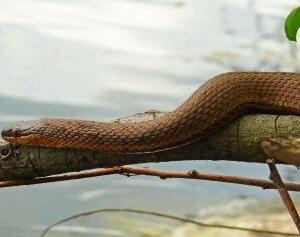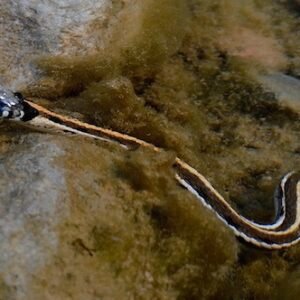Introduction to the Diamond Python
The Diamond Python, scientifically known as Morelia spilota, is a captivating species of snake belonging to the python family. These serpents are predominantly found in the eastern regions of Australia, extending their range into the surrounding areas, including parts of Papua New Guinea. The Diamond Python is classified under the order Squamata, which includes all lizards and snakes. This classification places it within a diverse group of reptiles known for their remarkable adaptability to various habitats.
One of the most striking features of the Diamond Python is its physical appearance. This snake typically exhibits a distinct coloration characterized by a glossy black base adorned with vivid yellow or gold patterns that resemble the cut facets of a diamond, hence the name. This unique pattern not only contributes to its aesthetic appeal but also provides effective camouflage within its natural environment. Adult Diamond Pythons can reach lengths of approximately two to three meters, with some individuals even exceeding this average, making them one of the more substantial snakes found in their ecosystem.
In terms of behavior, Diamond Pythons are primarily nocturnal, hunting during the night when they are most active. Their diet mainly consists of small mammals, birds, and reptiles, which they ambush and constrict before consuming. In the wild, they often inhabit temperate forests, woodlands, and sometimes arid regions, showcasing their flexibility in habitat preference. The geographical distribution of Diamond Pythons underscores their ecological significance, as they play a vital role in controlling the populations of their prey species. Understanding the habits and characteristics of the Diamond Python enhances our appreciation of these remarkable reptiles and their role in the biodiversity of their native environments.
Caring for Diamond Pythons in Captivity
Diamond Pythons (Morelia spilota) are a captivating species, requiring specialized care when kept as pets in captivity. To ensure their well-being, prospective owners should provide an appropriate enclosure that mimics their natural habitat. A spacious vivarium is essential, with a minimum size of 4 feet in length for adults to allow ample movement. Adequate security from escapes is necessary, as these snakes are adept climbers. The enclosure should be furnished with various perches, branches, and hiding spots to promote comfort and reduce stress.
Temperature and humidity are critical factors in the care of Diamond Pythons. Maintaining a thermal gradient within the enclosure is advisable, with a basking spot of around 88°F to 92°F (31°C to 33°C) and a cooler area around 75°F to 80°F (24°C to 27°C). Using an appropriate heat source, such as an under-tank heater or ceramic heat lamp, can facilitate this balance. Humidity levels should be maintained at approximately 50% to 60%, adjusting slightly higher during shedding periods. Regular misting and the inclusion of a water dish can help in achieving optimal humidity.
Diet plays a crucial role in maintaining the health of Diamond Pythons. These snakes are carnivorous and primarily feed on rodents in captivity. Juveniles typically consume appropriately-sized mice or rat pups, while adults may require larger prey such as adult rats. Feeding frequency can vary based on age: hatchlings and young snakes should be fed every 5 to 7 days, while adults thrive on a biweekly feeding schedule. It is vital to ensure that all food is pre-killed or frozen to prevent injury during feeding.
Handling and socialization are significant for Diamond Pythons, fostering trust and reducing stress. Gentle, frequent handling can acclimate the snake to human interaction. However, it is essential to watch for signs of stress, such as hissing or defensive posturing, and to provide a safe space within the enclosure for the snake to retreat. Regular veterinary check-ups are recommended to monitor for common health issues, including respiratory infections and mites, thus ensuring the overall health and longevity of these remarkable reptiles.





